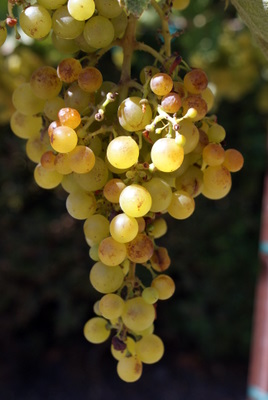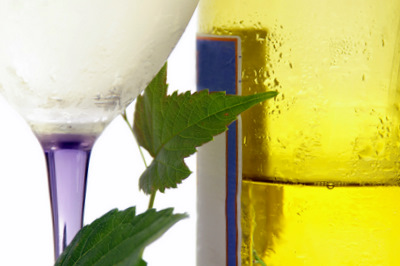Have you ever looked at labels on European wine bottles and wondered about the meaning of AOC, DOGC, or QmP? Look no further. In my European Wine Guide series (organized by country), I will take you through a crash course in wine classifications and varietals found in major wine-producing regions throughout Europe. Let’s start our “wine tour” in Italy.
The Italian wine classification system is comprised of four main categories:
Italian Fine Wines
 The Denominazione di Origine Controllata e Garantita (DOCG) classification is reserved for the highest quality Italian wines. There are a limited number of wines that fall into this category and let’s just say you pay accordingly for this type of quality.
The Denominazione di Origine Controllata e Garantita (DOCG) classification is reserved for the highest quality Italian wines. There are a limited number of wines that fall into this category and let’s just say you pay accordingly for this type of quality.
Denominazione di Origine Controllata (DOC) is essentially the equivalent of the French wine classification, Appellation d’Origine Controlée (AOC). It is required that wines in this category be made in government-specified areas, following strict regulations that are designed to preserve the wine’s distinctive terroir (the special characteristics- weather patterns, soil, growing techniques- of a region or growing site).
Italian Table Wines
Indicazione di Geografica Tipica (IGT)
Most of these table wines are easy to find and grown in specific areas in Italy. Keep in mind that it is of IGT wine (because the wine producers wish to sidestep the strict regulations of DOC or DOCG classifications).
Vino Da Tavola (VdT)
The only criterion for a VdT wine is that it needs to be produced in Italy. VdT wines are typically used as inexpensive table wine or cooking wine.
Super Tuscans are an informal and newer type of Italian wine classification. This category is made up of Tuscan red wines that do not follow the traditional blending rules for the region (and thus are ineligible for DOC or DOCG classifications).
Common Italian Varietals
Red
 Sangiovese – Easily the most famous Italian varietal, Sangiovese wines taste of cherry, earth and cedar. Chiantis are made from a blend of Sangiovese and Merlot grapes.
Sangiovese – Easily the most famous Italian varietal, Sangiovese wines taste of cherry, earth and cedar. Chiantis are made from a blend of Sangiovese and Merlot grapes.
Montepulciano – This grape is grown on the other side of the country (Abruzzo) from the town of Montepulciano (found in Tuscany). It produces wines with a lively acidity, medium tannins, and plum flavors.
Barbera – Piedmont and the towns of Asti, Alba and Pavia (in Lombardy) are home to the Barbera grape. Wines made from this varietal are very dark in color and taste of cherry.
White
 Trebbiano – This is the most common white varietal planted in Italy and is called Ugni Blanc in France. Some of the best Trebbiano is grown in Abruzzo and Lazio. They produce food-friendly, light wines.
Trebbiano – This is the most common white varietal planted in Italy and is called Ugni Blanc in France. Some of the best Trebbiano is grown in Abruzzo and Lazio. They produce food-friendly, light wines.
Moscato – This varietal is typically grown in Piedmont and used to make the sparkling (frizzante), sweet Moscato d’Asti.
Pinot Grigio – Known as Pinot Gris in France, Pinot Grigio wines are crisp, flavorful and can range from delicate to complex depending on the vineyard and grower.
Cin cin! Salute!
Written by Jen Westmoreland Bouchard


Comments